How to choose a flash card for the camera
Gone are the experiences and frame counts on a camera film - modern technologies allow you to always have on hand a repository of several thousand pictures. The market offers a large number of such "helpers", it remains only to choose the right memory card for the camera. It would seem that the task is from the category of light, but it is only at first glance. Being the wrong choice, such a detail may simply not fit your technique.
Content
Memory Card Classification
The easiest way to focus on the instructions, which is registered in the type of card that is right for your device. Not to be superfluous and general information about the varieties of these accessories.
Sd card
Sequre Digital (abbreviated as SD card) is the most popular format, released for almost 20 years. Today these cards are represented by various modifications.
- Normal SD. This type is obsolete: it holds a maximum of 4 GB, which in modern conditions is very small for storing photos and videos.
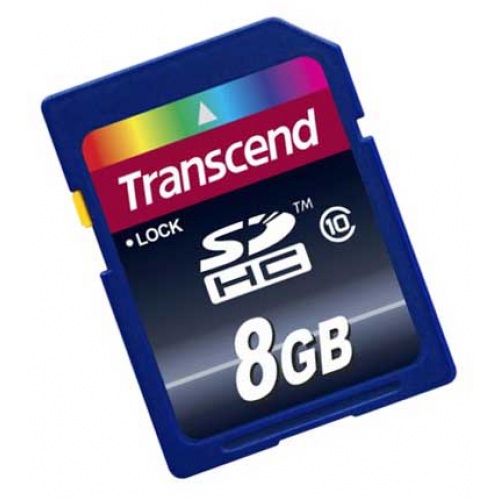
- Feature SDHC (High Capasity) is a larger drive. This card allows you to hold up to 32 GB of information data. We must be prepared that with these cards there may usually be incompatible models of equipment released before 2006, as it supports the FAT 32 file system.

- The largest capacity indicator is in the format. SDXC (eXtended Capacity) A maximum of 2 terabytes can be stored here. In addition, the card can be "praised" for the high speed with which it processes information. However, very often this leads to the fact that the photo device simply does not see this very useful accessory. Here, too, has its own nuance: models of digital cameras that were released even a few years ago may not work with the exFAT card format.
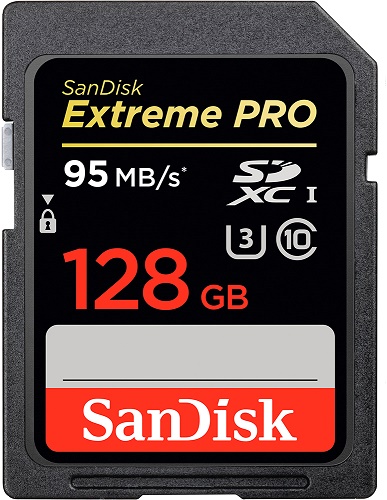
One type of SD card is an Eye-Fi device type. Eye-fi is a type of flash card that has a hardware element inside to support Wi-Fi. Curiously, the cards can be used in any Wi-Fi-camera: just insert the card into the appropriate slot, as you will be able to transfer the captured photo and video to the Internet. This is very convenient for journalists and photo journalists working on the road.
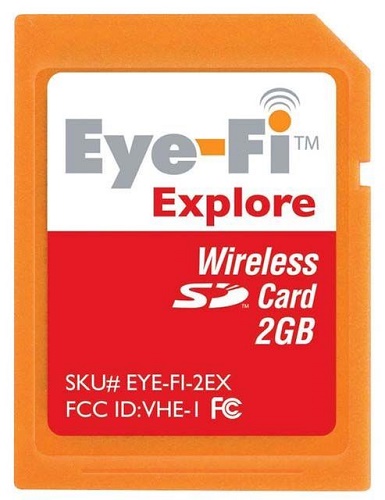
Together with the SD card already familiar to us, its microversion can also occur - microSD. It has found application in tablets, smartphones, small cameras and action cameras. Despite their small size, these memory cards are fully functional. So if the camera has a memory slot for SD, it is quite possible to insert a micro-variant through the adapter.
In microSD capacity can reach up to 200 GB. For example, in the models of the manufacturer SanDisk in the category Ultra microSDHC.
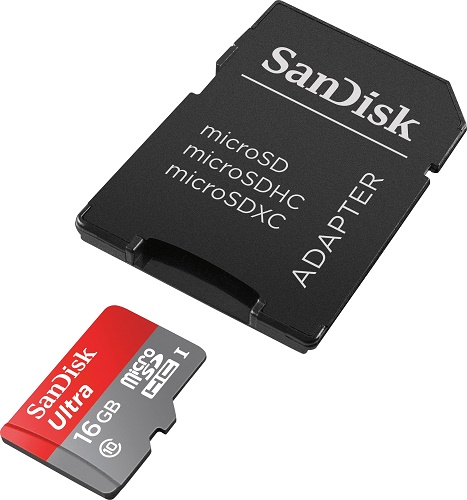
Compact flash
This view has gained popularity among professional camera owners, but this drive is also used in some outdated cameras. Compact Flash still has “first place” in terms of recording speed and volume. Some CFast versions 2.0 have unsurpassed features:
- read speed can be up to 515 MB / s;
- record rates go up to 440 MB / s.
As for the volume, the minimum is 64 GB, and at the maximum - 128 GB.This is reminiscent of professional performance.
You should make sure that the technology itself can support this data transfer rate. For example, the camera in this case is required to support UDMA (direct memory access).

Own types of flash drives
Attempts to establish the release of such accessories are found, one way or another, each of the manufacturers. Most often on the technique itself for this purpose there will be a separate slot.
For example, Memory stick duo used to be the prerogative of only Sony digital cameras (which is why they received the abbreviation sms). However, drives have been upgraded since their release — this has affected incompatibility. The problem was solved by the advent of special adapters.
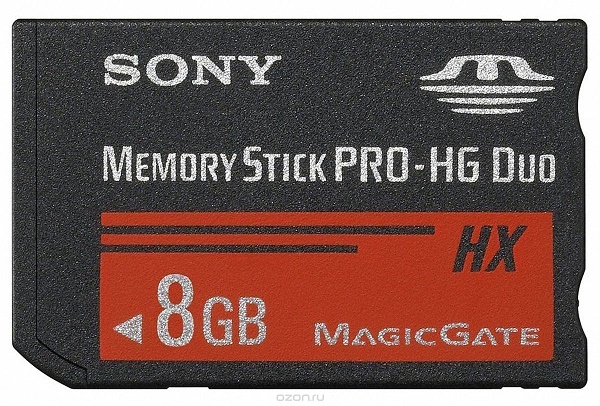
xD-Picture used only for Olympus and Fuji. However, now the format is moved by the most affordable SD options. Nikon, on the contrary, is betting on the release of new cards - XQD line Designed for professional use only. Last but not least, due to the large capacitive potential and high speeds.
However, even within the same format it is very difficult to understand what to choose. The question is solved by placing emphasis on the main characteristics.
What to focus on when choosing a flash drive
Among all the important criteria of interest are the following:
- Memory;
- write and read speed class;
- protection capabilities;
- manufacturer.
Determine the amount of memory
This indicator will show the number of images placed on the map. Every year, these indicators are becoming more “demand”: the quality of photographic and video materials increases and, accordingly, the place they occupy. The number of parts stored in the snapshot will determine its volume. Here the format comes into play: combination of RAW and JPEG only one picture can already occupy 100 MB. For example, the Canon EOS-1D X Mark II Forty-Second Roller can take as much as 5 GB. And in 4K, one minute can take up hundreds of times more space. Therefore, today it makes no sense to buy flash drives with a capacity of less than 16 GB, especially if you plan to actively take photos and videos.
Optimum speed for writing and reading
This parameter is relevant if only because it defines the sphere in which the memory card will be applied.For example, it makes no sense to try to record sports shooting or video in Full HD format on a slow card - it just “hangs”. Previously there was a simple gradation: classes 2,4,6,10. In fact, this is how the recording speed in megabytes per second was indicated. Fast flash drives had an extra marking U1 or U3 - 10 Mb / s and 30 Mb / s, respectively. If we talk about formats, then U1 supports recording Full HD video, and for shooting in 4K format you will have to purchase a card with U3 marking. But Sandisk has some other information:
- Ultra II write speed is from 9 MB / s;
- Extreme III starts at 20 MB / s;
- Extreme IV indicators were 45 MB / sec.
Recently, new standards have appeared. UHS-I and UHS-II write speeds. The first type supports speeds up to 104 MB / s, and the second - up to 312 MB / s. Such technical characteristics will allow to realize all the talents inherent in modern technology. The most interesting, of course, is the second version. It differs in that the contacts in it are arranged in two rows.
In general, the manufacturer must specify the following parameters: on the left is the speed at which reading or writing is performed, and on the right is the class for which the card passes.
Here are some tips for choosing a recording speed class.
- For Full HD shooting We advise you to choose a memory card with a recording speed of at least 6th grade (ten would be ideal).
- If supposed serial shootingit is better to attend to even more high-speed options, for example, U1 or U. It is better not to save: a slow flash drive will miss a very interesting frame, wasting time transferring the pictures taken slightly earlier to the camera.
- If the plans include shoot moving objectsthen the speed requirements increase, because there are already a few series. Consequently, the speed itself should be at least 80 Mb / s.
- Cards from 90 MB / s is better to choose for a professional-grade camera.
But the read speed is not so relevant - most often it will be equal to or exceed the write speed.
The importance of protection
Naturally, when the memory card is inside the camera, it is more protected than in the removed state. However, manufacturers have taken care of these moments. Usually on the package indicated degree of protection against negative impactsstarting from frost and sun and ending with X-rays, which is most likely during the inspection at the airport. It is better to buy a product with a maximum degree of protection.
There are and extra precautionswhich will allow to work much longer.We must not allow:
- exposure to strong magnetic fields;
- flash drive drops, especially into water;
- exposure to too high or low temperatures.
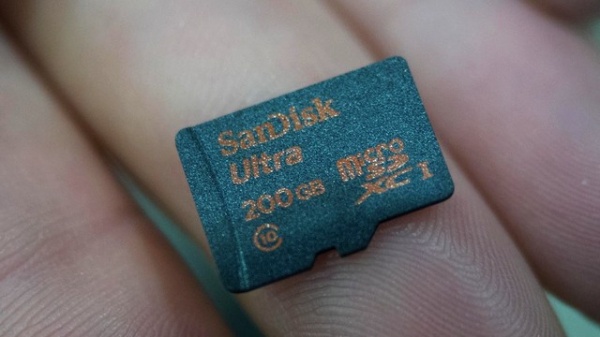
Accessory Manufacturer
According to professional photographers, SanDisk has the highest level of reliability. However, in this case, when choosing a memory card for a camera, it is necessary to focus on the class of devices. For example, for a SLR camera, choose SanDisk Extreme PRO microSDXC UHS-II, for amateur shooting, stop at UHS-I, and in the case of professional work, even choose PRO CFast2.0. For action cameras SDXC microformats version UHS-II will do. There are other well-established manufacturers - Transcend, Kingston and Samsung. But the inexpensive price of an unknown brand should not be trusted.

/rating_off.png)











